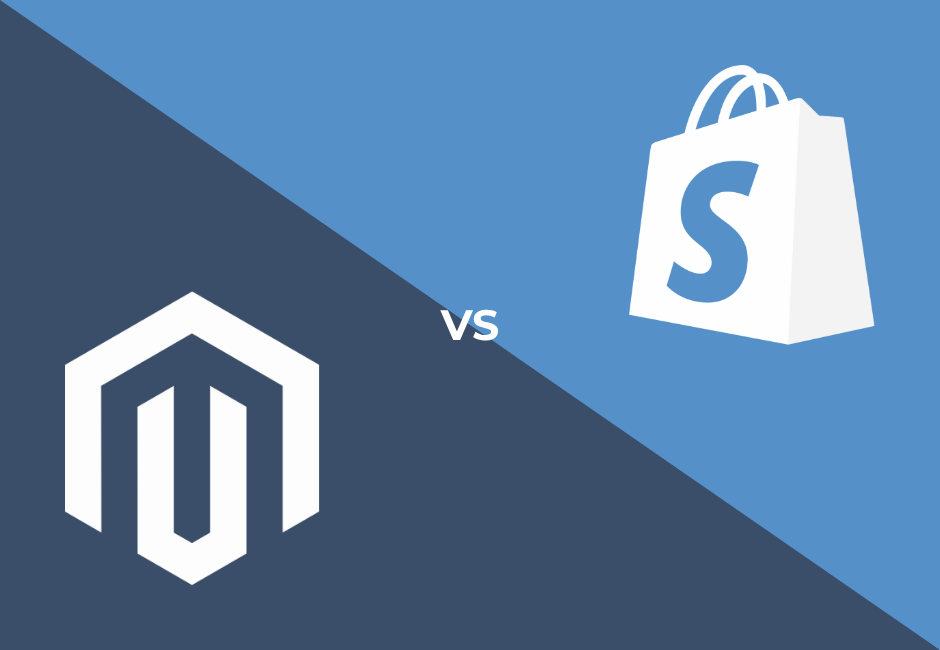Navigating Digital Paths: Microsites vs. Landing Pages - What Suits Your Strategy?
Explore microsites vs landing pages for your marketing strategy. Learn their distinct roles and uses in boosting your digital campaign

Quick Answer:
A microsite is a small, separate website designed to function as a dedicated hub for a specific marketing campaign, showcasing detailed content about a particular product or topic. In contrast, a landing page is a single web page on a company’s main website, created to prompt website visitors to take a specific action, such as signing up for a newsletter or purchasing a product. Both serve unique marketing purposes but choosing between them depends on your campaign goals and target audience.

Setting the Digital Stage
For digital marketers, creating an effective online presence is crucial for capturing the attention of potential customers. Two powerful tools at the disposal of marketers are microsites and landing pages. While they both aim to enhance brand awareness and conversion rates, their uses, structures, and impacts vary greatly.
Understanding the Basics of Microsites and Landing Pages
What is a Microsite?
A microsite is essentially a small website, often consisting of a few pages, that is linked to a company's main website but focuses on a specific campaign or target audience. It often lives on a different domain or subdomain and is used to provide a comprehensive look at a specific product, event, or promotional campaign. Microsites help in building a focused brand identity separate from the main site and can significantly aid in raising brand awareness.
What is a Landing Page?
A landing page, on the other hand, is a single web page that is designed to receive and convert traffic from a specific marketing campaign. This page is meant to drive a specific action, such as newsletter sign-ups, sales, or event registrations. Landing pages are integral parts of the marketing funnel, designed to optimize conversion rates, and are typically part of the company’s main domain.
While both microsites and landing pages support marketing initiatives, they serve different purposes. Microsites act as independent entities that enhance a brand's online presence by focusing on specific aspects or campaigns, allowing for deeper audience engagement. This is particularly effective for franchises highlighting new ventures or special initiatives needing their own space and identity. Meanwhile, landing pages are direct response tools on the main website, designed to convert traffic into immediate results. For franchises, microsites can offer localized content and targeted messaging, enhancing marketing strategies and supporting franchisees effectively.

Diving Deeper - Features and Functions
Microsite Magic: Beyond a Traditional Website
Microsites offer a tailored user experience that diverges from the parent website to focus on a particular product or campaign. They allow for creativity and innovation in design and content, engaging a specific audience more effectively. Microsites are excellent for hosting extensive content like interactive features, videos, and detailed product information, making them ideal for storytelling and immersive user experiences. Additionally, microsites can be optimized for SEO, tailored to targeted ads, and integrated into email marketing campaigns, ensuring a cohesive and effective marketing strategy.
Landing Page Logic: Simplification for Conversion
Landing pages are the quintessence of focused marketing. By eliminating distractions and honing in on one specific offer, they guide the user toward making a decision quickly. Effective landing pages utilize persuasive elements like testimonials, benefit-oriented copy, and strong calls-to-action (CTA) to convert visitors into leads or customers. They are often used for A/B testing to determine the most effective elements for conversion rate optimization. Moreover, landing pages can be optimized for SEO, tailored for specific ad campaigns, and integrated with email marketing efforts to enhance their conversion potential.
The Power of Design
The power of both microsites and landing pages lies not only in their content but also in their design. Microsites, with their broader scope, can afford to incorporate dynamic and thematic design elements that resonate with the intended audience, fostering a stronger connection and engagement. They can function almost as an independent brand ambassador, often leaving a lasting impression. On the other hand, landing pages benefit from a streamlined and focused design that minimizes distractions and maximizes clarity. This ensures that the visitor’s attention is directed solely towards the action that marketers want them to take. Optimal design in both cases is crucial, as it directly influences the visitor’s journey and the overall success of the campaign. Additionally, incorporating SEO best practices, targeted ads, and email marketing integration into the design process enhances their effectiveness and reach.

Strategic Deployment
When to Use a Microsite
- Launch of a New Product/Brand: When introducing a new product or sub-brand, especially one that might appeal to a niche market.some text
- Ex: A tech company releasing a new widget specifically targeted to gamers.
- Event or Long-Term Campaigns: For events or campaigns spanning several months, providing rich content can keep users engaged over time.some text
- Ex: A fashion brand running a year-long sustainability campaign.
- Market Segmentation: When targeting a specific demographic or geographic market segment, separate from the main brand’s audience.some text
- Ex: A travel company focusing on adventure travel in South America for young travelers.
When to Use a Landing Page
- Promotions and Short Campaigns: Ideal for short-term promotions where the goal is to generate immediate leads or sales.some text
- Ex: A limited-time discount on a popular product.
- Focus on Conversion: When the primary objective is to convert traffic from ads or emails directly into sales or leads.some text
- Ex: A landing page for signing up for a webinar.
- Collecting User Data: Perfect for capturing email addresses or other contact info through offer downloads, contest entries, or subscription sign-ups.some text
- Ex: Offering a free eBook in exchange for an email address.
Choosing between a microsite and a landing page often depends on the scale and specificity of the marketing initiative. Microsites serve as dedicated platforms perfect for exploring and expanding on marketing campaigns or product ecosystems. They provide a playground for creativity and can significantly enhance user engagement through design and comprehensive storytelling. Conversely, landing pages are the sharpshooters of digital marketing tools, designed to focus user attention on a single call to action and are highly effective in driving conversions. Utilizing these tools according to the nature of the campaign, the behavior of the target audience, and the desired outcome can dramatically increase the efficiency and success of digital marketing efforts.
Analyzing Outcomes with Digital Tools
Effective use of digital tools like Google Analytics can help in measuring the success of both microsites and landing pages. Key metrics such as traffic sources, visitor behavior, and conversion rates are vital for understanding how well your site meets its marketing goals. Search engine optimization (SEO) plays a crucial role in increasing the visibility of both microsites and landing pages in search results, enhancing organic traffic and overall effectiveness.
SEO is integral to the process of enhancing the visibility of your microsites and landing pages within search engine results pages (SERPs). By optimizing content for relevant keywords, ensuring mobile-friendliness, improving page load speeds, and securing high-quality backlinks, you can significantly boost organic traffic. This not only increases the effectiveness of your sites but also contributes to a higher return on investment (ROI) by attracting more qualified leads without the direct cost associated with paid advertising.
For a more holistic analysis, integrate Google Analytics with other digital marketing tools like SEMrush for advanced SEO analysis and visualizing user behavior, or the many available tools for overall inbound marketing performance. This integration provides a more detailed view of how various aspects of your digital marketing strategy work together and how they can be optimized for better performance and increased conversions.

Making the Right Choice
Both microsites and landing pages are potent marketing tools that can significantly impact a brand’s online presence and sales. The choice between creating a microsite or a landing page should be guided by your specific marketing goals, the nature of the product or campaign, and the needs of your target audience. By carefully considering these factors and utilizing the right digital marketing strategies, businesses can effectively use microsites and landing pages to enhance their marketing efforts and achieve better results. For those looking to elevate their digital marketing strategies, 20North Marketing offers expertise in developing both microsites and landing pages tailored to your unique needs.



